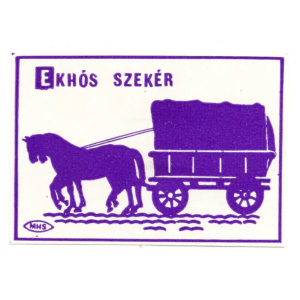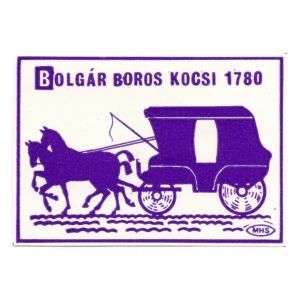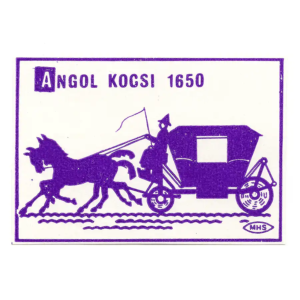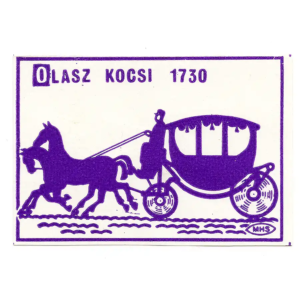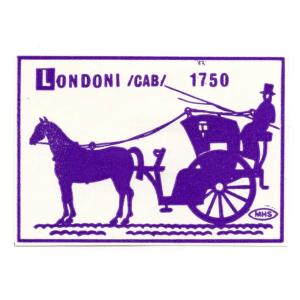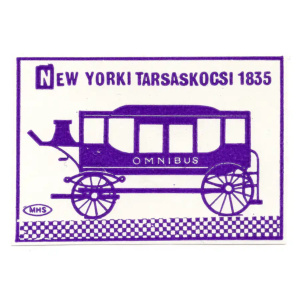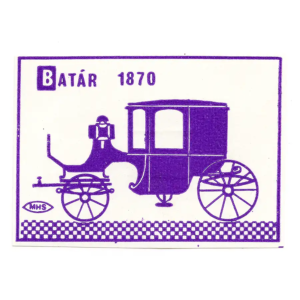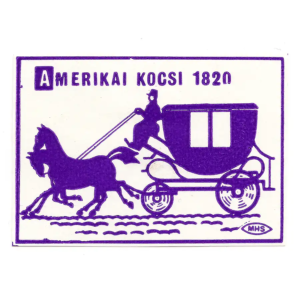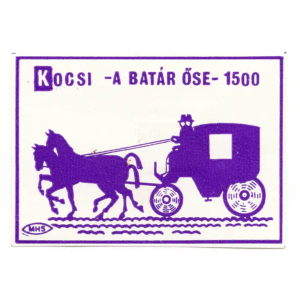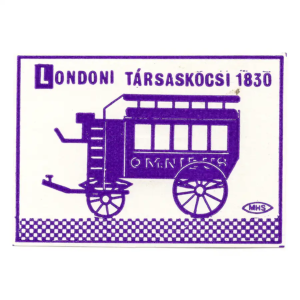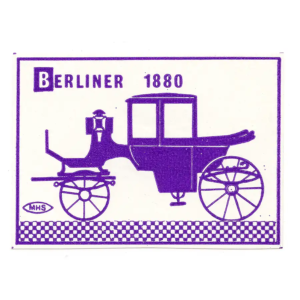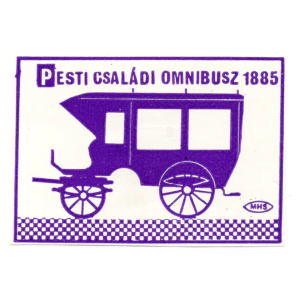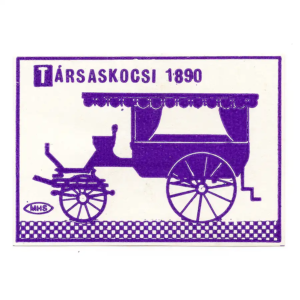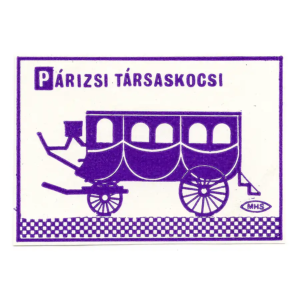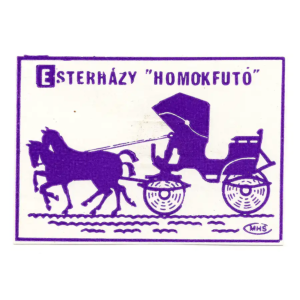Refine the gallery view by selecting the tag below:
The evolution of horse carriages from 1500 to 1900 reflects remarkable innovations in transportation. Early models like the Chariot of Ekhos from ancient Greece inspired later European designs, emphasizing speed and ceremonial use. By the 16th century, the Bulgarian wive cart—a simple, sturdy wagon—was popular for rural tasks, valued for its durability.
In England, the English car emerged in the 18th century, offering lightweight designs for personal travel. Similarly, the Italian car, with its elegant craftsmanship, catered to the elite. The London cab became iconic in the 19th century, providing public transport with a compact, horse-drawn structure ideal for navigating busy streets. Meanwhile, New York’s trolley bus adapted horse-drawn mechanisms for larger groups, a precursor to modern urban transit.
Station wagons developed differently across cities. The London station wagon was built for carrying goods and passengers, while the Paris station wagon prioritized style for the upper class. The Pest family omnibus in Hungary provided affordable transport for families and groups, making it a popular choice in growing urban areas.
Specialized carriages also emerged. The Berliner offered comfort for long-distance travel, while the stagecoach fast car was key for transporting mail and passengers across vast regions. The sand runner was uniquely suited for travel on sandy terrain, showing the adaptability of carriage design.
Each carriage type reflected its intended use, from utilitarian rural carts to luxurious urban coaches. Their legacy showcases human ingenuity in crafting transport solutions for varied needs, paving the way for modern vehicles while preserving a rich cultural history.
